6 Different Kinds of Salt and How to Use Them

SALT IS ONE of the most commonly used ingredients in the kitchen. And, if you've restocked your supply anytime recently, you might have noticed that there are a few more options beyond a classic shaker of Morton's nowadays. It leaves you to wonder: Are certain kinds of salt healthier than others?
We spoke with Amelia Sherry, M.P.H., R.D., C.D.N., C.D.C.E.S., Dietician at Mount Sinai to find out what makes salts different, if some are healthier than others, and how much is too much.
What is Salt?
SALT IS A mineral composed of sodium chloride, used in foods for flavor, baking, and curing purposes.
"The biggest differences are in size, shape, and texture (of the crystals) which really impacts seasoning and flavors in your food," says Sherry. “Larger granules are less salty, similar to table salt, which has tinier granules. Smaller granules offer a saltier flavor, and there are also salts that are more crunchy and harder."
The differences depend on from where the salt is from, how it's prepared, and its mineral content. While these factors don't affect the nutritional value of salt, they can change the flavor.
Are Some Salts Healthier Than Others?
THERE'S NOT MUCH of a difference.
“I don't think there is one that's superior to another. The best one is the one that works for you, while still limiting the amount you consume per day,” Sherry says. There's a misconception that sea salts might be better because they contain naturally occurring minerals like magnesium or potassium, but there's not enough of those nutrients to make a difference in your intake.
How Much Salt Should I Have Per Day?
THE AMOUNT OF salt you should consume per day depends on your specific needs, Sherry says. Although salt is not pure sodium, it is made up of sodium chloride. Too much sodium can be harmful to your health, causing dehydration, high blood pressure, and fluid retention.
Generally, the American Heart Association recommends consuming no more than 2,300 milligrams of sodium per day. (Though the amount also depends on how much you exercise, how much potassium you eat, and if you have any heart conditions.) “Since most of us are getting sodium from both whole and packaged foods, limiting added salt to one-half teaspoon or less per day is a good idea. If you have high blood pressure or are trying to follow a low sodium diet for any other reason, the amount of salt you eat per day should be a quarter teaspoon or less" she says.
And, let's be real: most prepared and processed food have salt in them. (Even your protein powder has salt in it.) If you're consuming a good amount of premade, restaurant, or packaged foods, Sherry suggests using an to get an idea of how much sodium you're already getting and figuring out how much wiggle room you have to use added salt from there.
Table Salt
Regular table salt is a staple in many kitchens. It is very fine, almost powder-like, and highly concentrated. Table salt is usually refined to remove impurities and often has iodine added, which helps regulate thyroid hormones.
“It's important to note that iodized table salt is a significant source of iodine. This is crucial to keep in mind if you're avoiding iodized foods like seafood, dairy, and eggs,” which your doctor might recommend if you have thyroid issues, Sherry says.
Use table salt sparingly, as it packs a lot of flavor in a small amount.
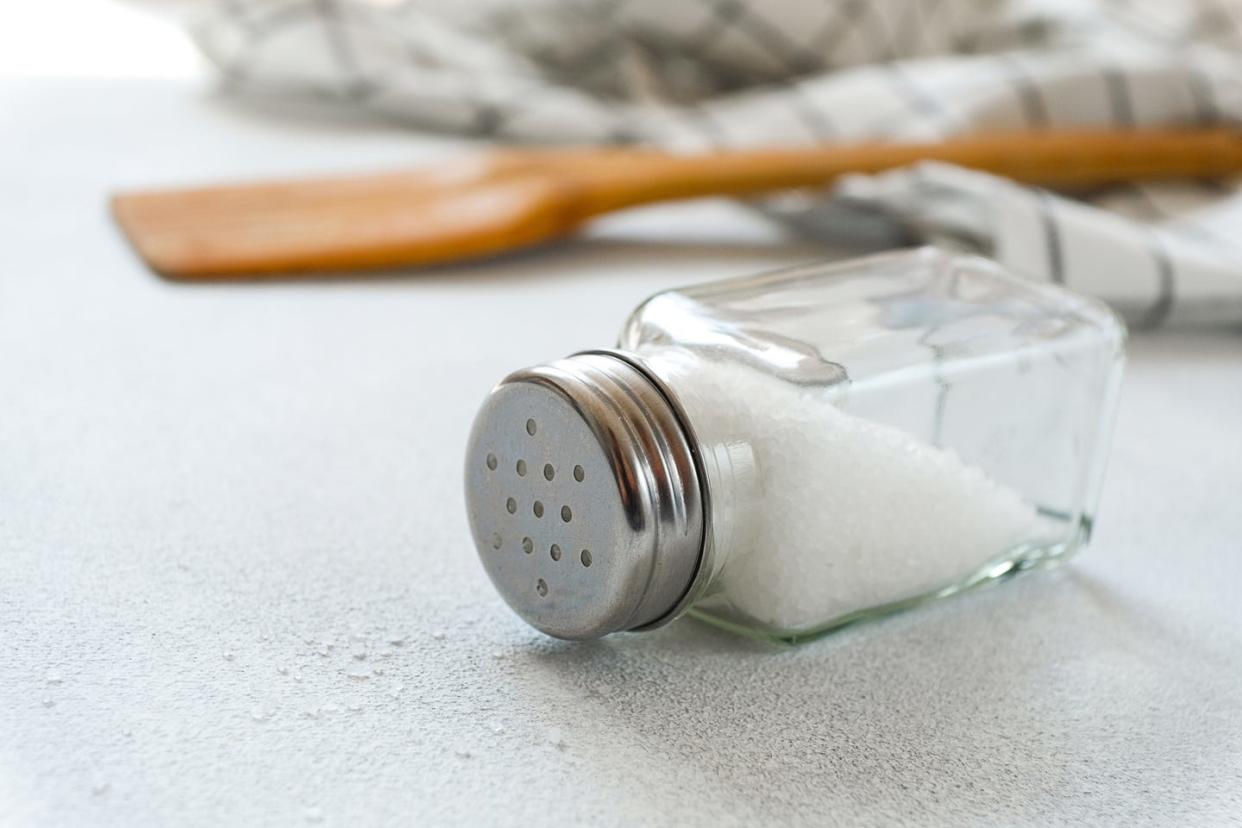
Flaky Salt
Flaky salt has flat, larger crystals and a coarser texture than traditional table salt. These flakes are less salty due to their larger volume and are perfect as a finishing touch on chocolate chip cookies, avocado toast, and a fried egg.
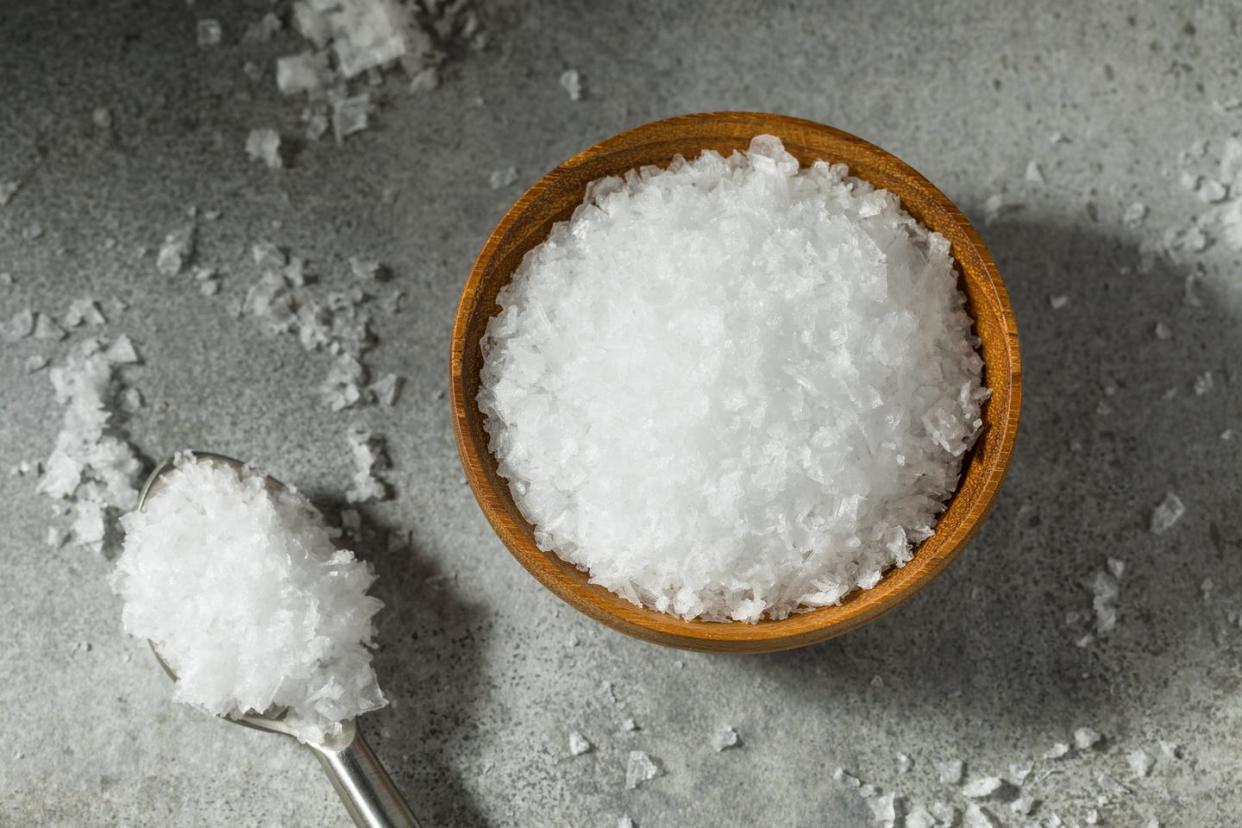
Sea Salt
Derived from evaporated seawater, sea salt comes in many varieties and origins. The most common are Celtic sea salt, Fleur de Sel from the French sea, and Hawaiian sea salt. Sea salt is less refined than conventional table salt, with retaining traces of minerals and electrolytes like iron, zinc, magnesium, and potassium, which alters the flavor.
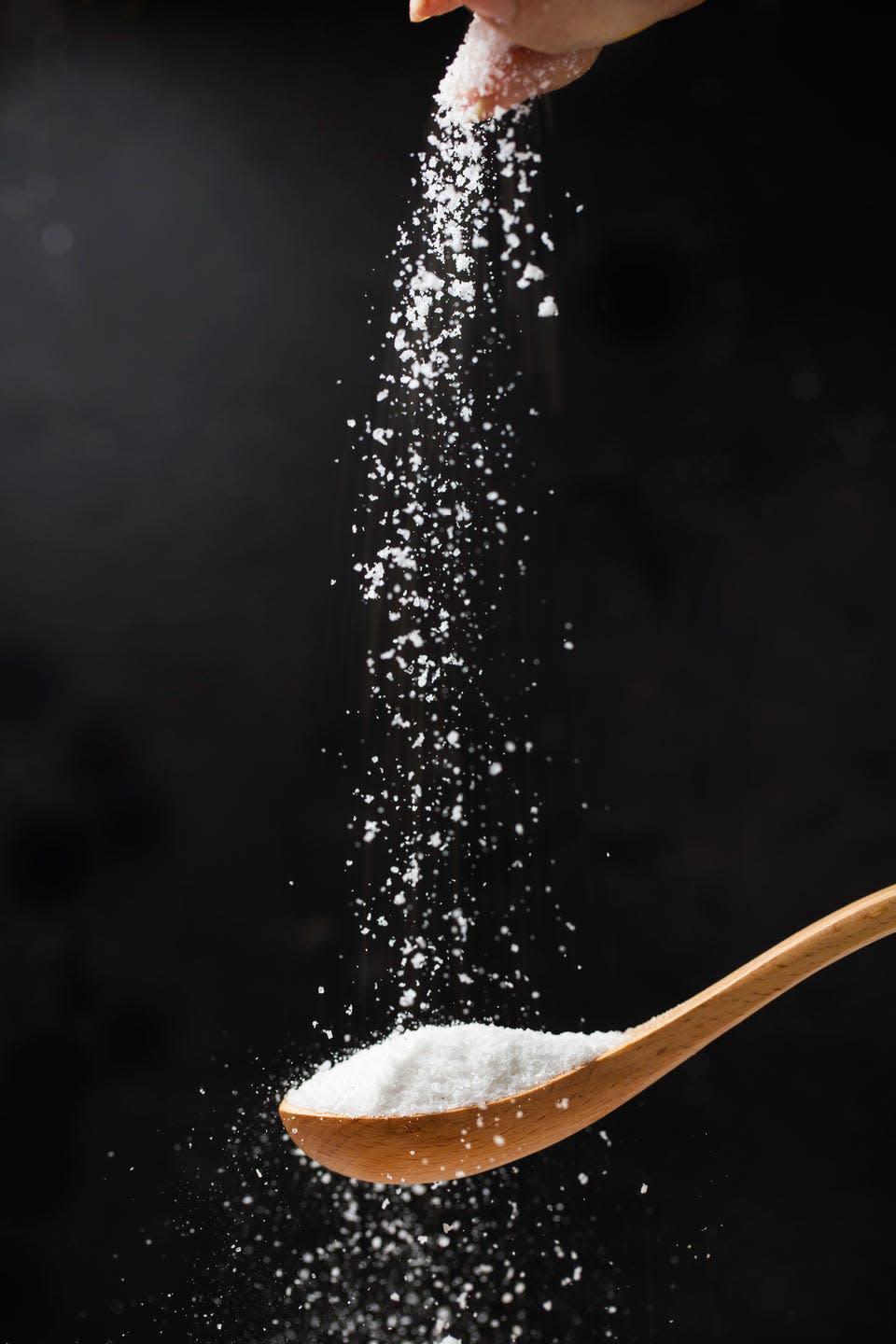
Pink Himalayan Salt
Mined from the Khewra Salt Mine in Pakistan, Pink Himalayan salt is often thought to be healthier due to its mineral content—but that's not true. The additional mineral content is so minimal that it doesn't really change its nutritional value.
Himalayan salt is often used as a finishing salt in sauces, marinades, or to enhance dishes.
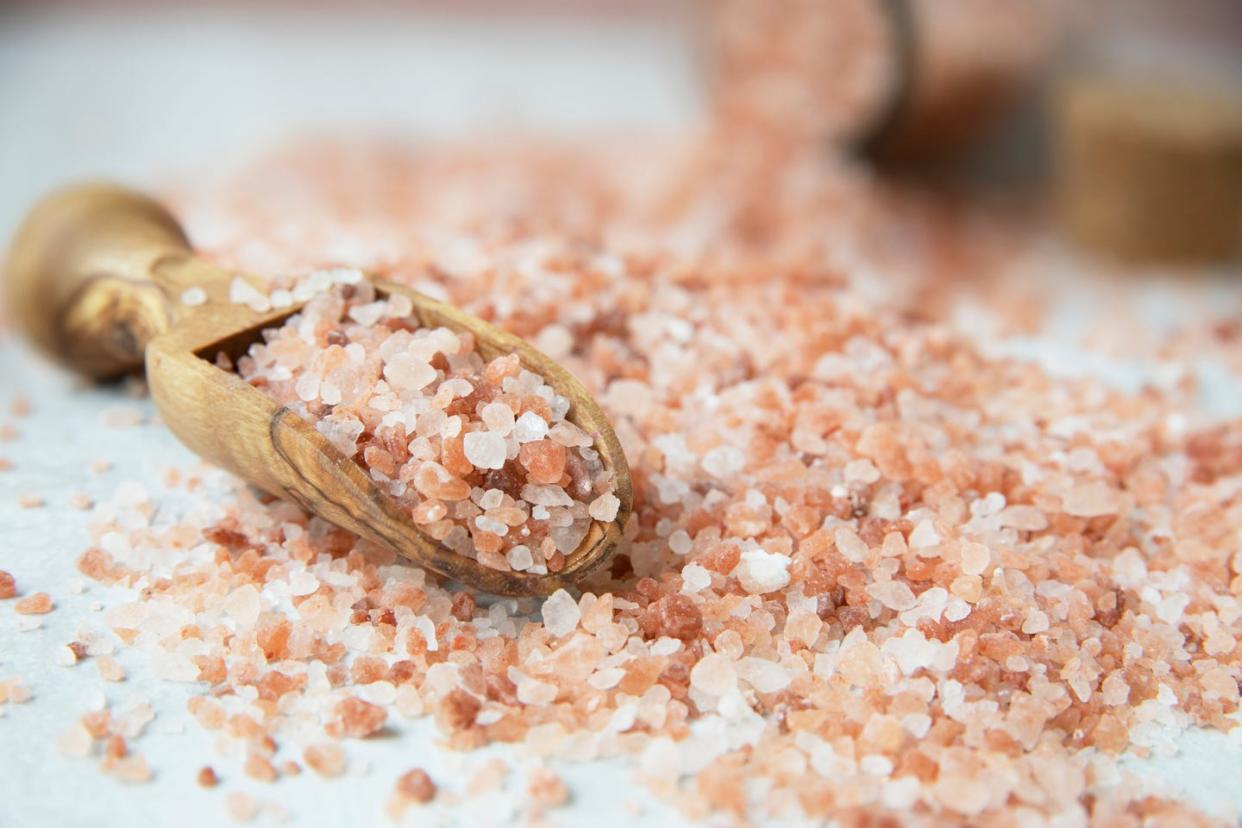
Black Salt
Black salt gets its color from high-temperature kiln heating of pink Himalayan salt. It has a distinctive strong, pungent flavor reminiscent of eggs, making it a popular choice in dishes like tofu scrambles.
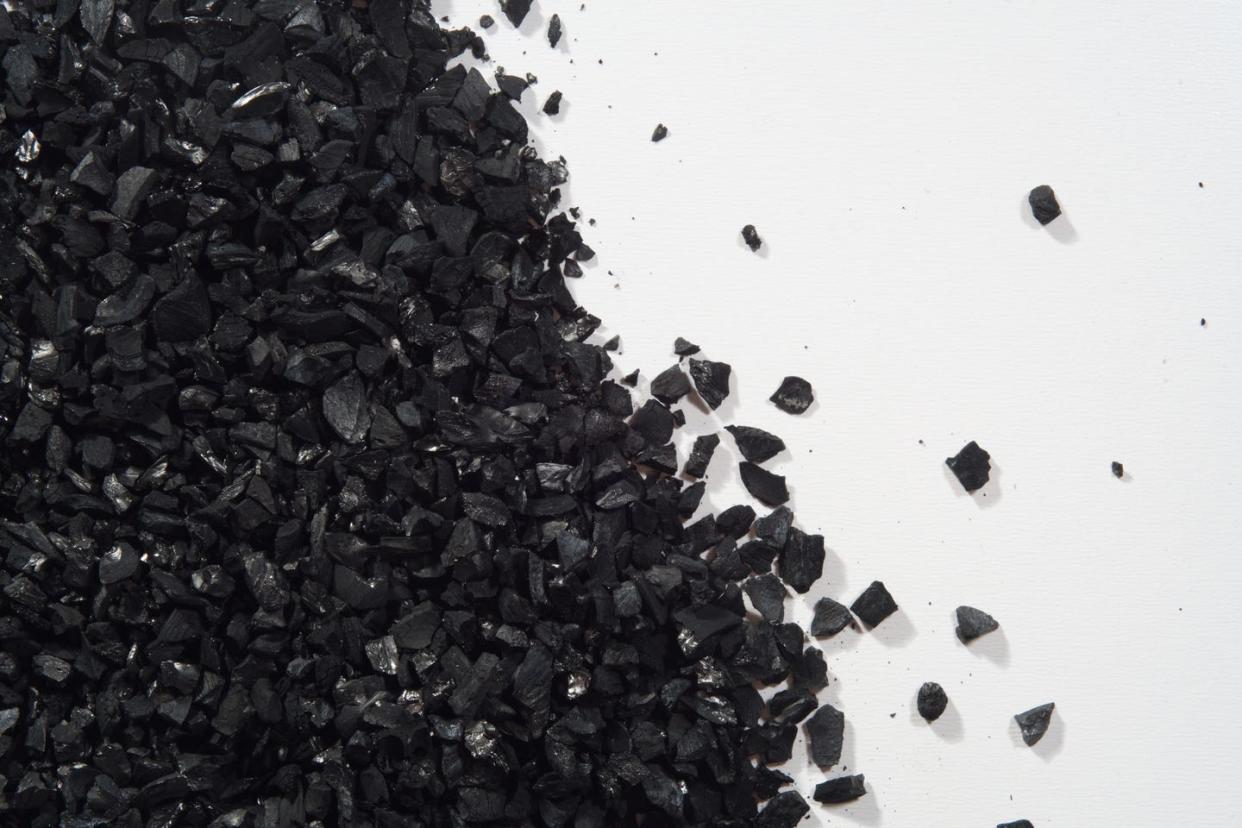
Seasoned Salts
These blends combine herbs and spices with salt, perfect for barbecue rubs, chicken, salad dressings, and snacks like popcorn.
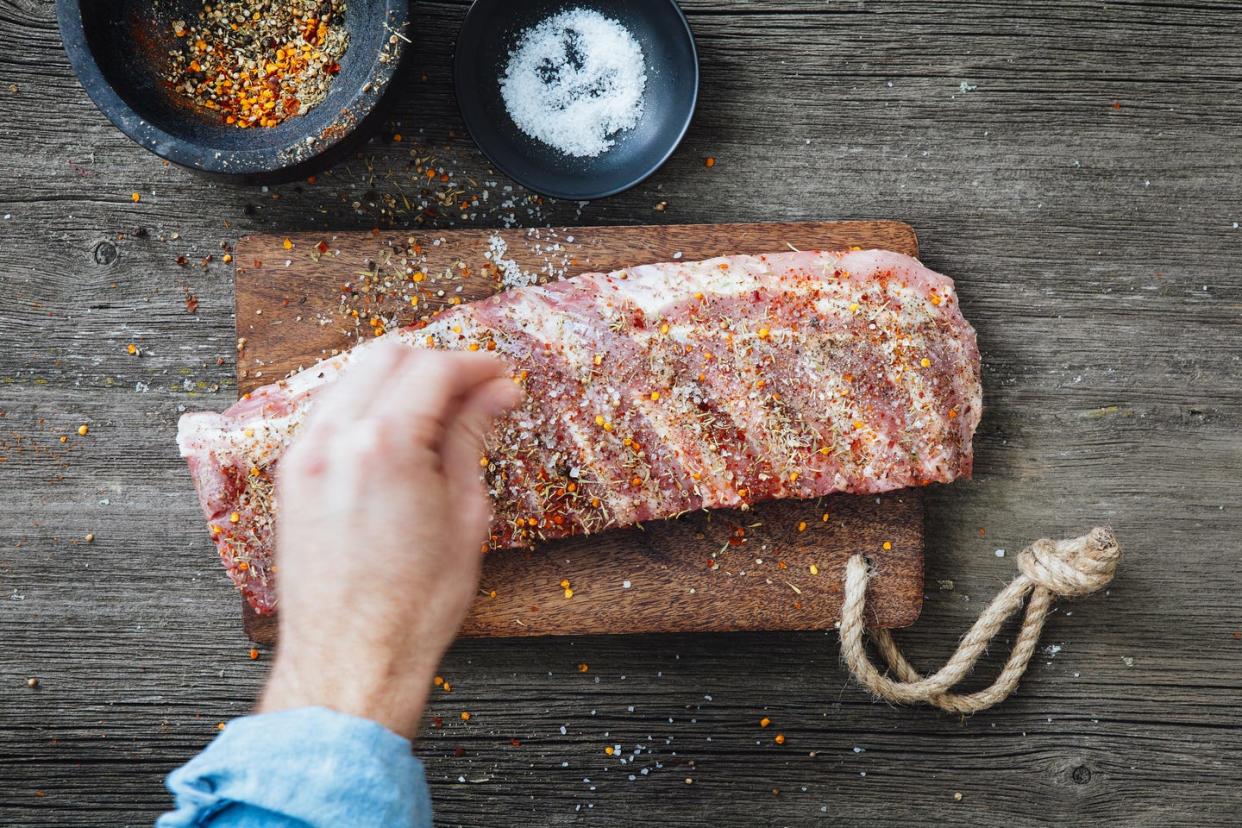
You Might Also Like
